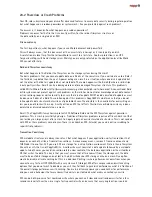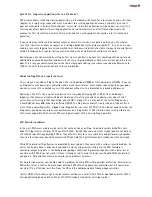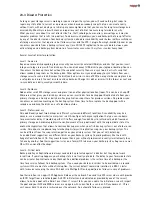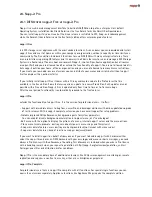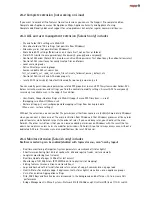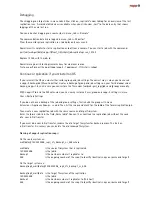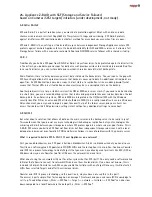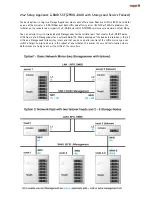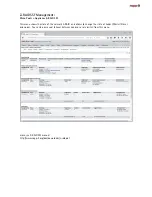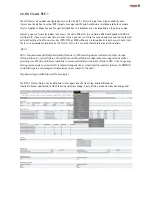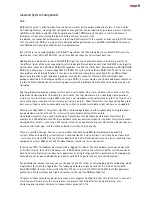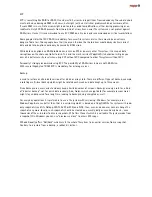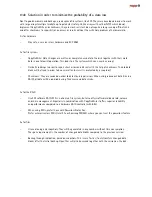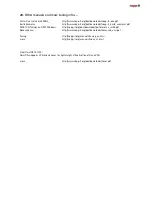
ECC
ECC is something like RAID for RAM. It can detect bit errors and repair them from redundancy. Those data errors
must not be due damaged RAM in all cases, but might just be a statistical problem which occurs more often
if more RAM is in use. Data errors might lead to crashes or data modifications, either during processing or on
read/write. Only ECC RAM prevents from those kind of errors. Even newer file systems can not protect against
RAM errors. Hence it is recommended to use ECC RAM on all servers and recommended on critical workstations.
Some people claim that ECC RAM is mandatory for newer file systems or else there would be an extreme
danger of data loss. Those people base their theory on the idea that hard drives would always deliver correct
data and data corruption could only be caused by RAM errors.
While data corruption due RAM problems can occur on ZFS as on every other filesystem, it can repair data
corruptions on the chain controller to disk. This and the crash resistent CopyOnWrite behaviour will give you
over all a better security level when using ZFS without ECC compared to older filesyytems without ECC.
Personally I strongly recommend using ECC. The possibility of RAM errors increase with RAM size.
With several Gigabyte of RAM ECC is mandatory for a storage server.
Backup
is used to restore a certain data version after a disk or array crash. There are different types of backup, example
a rotating multi-level backup which might be rotated each week and data keept up to three weeks.
Since backups are never current and only keep a limited number of versions, backups are only useful as a kind
of “disaster backup”, not for quick data recovery. Also, Trojans which encrypt data (for example ransom ware)
might stay undiscovered for a long time, leading to backups being encrypted as well.
For every day operations it is preferable to use a file system with versioning. Windows, for example, uses
Shadow Copy. But even better than that is a versioning which is based on a CopyOnWrite file system with read-
only snapshots (see btrfs, Netapp, WAFL, ReFS or ZFS) on a NAS. Then, even an admin user cannot change the
snapshots any more. Ideally, such snapshots should be created on a weekly, daily or even hourly basis - even
thousands of them. In order to access snapshots, ZFS offers Clones (which is a writeable file system made from
a snapshot). On Windows you can use “previous versions” to access ZFS snaps.
ZFS additionally offers “Rollback” which resets the whole file system to an earlier version from a snapshot.
Contrary to a restore from a backup, a rollback is instant.
Содержание ZFS Storage
Страница 8: ...3 1 ZFS Configurations...
Страница 45: ...Example Map Chenbro 50 x 3 5 Bay...

